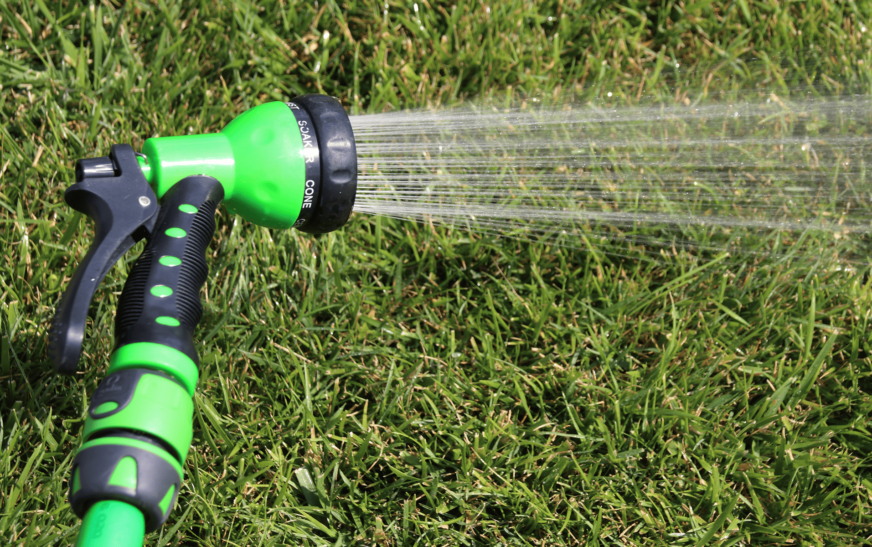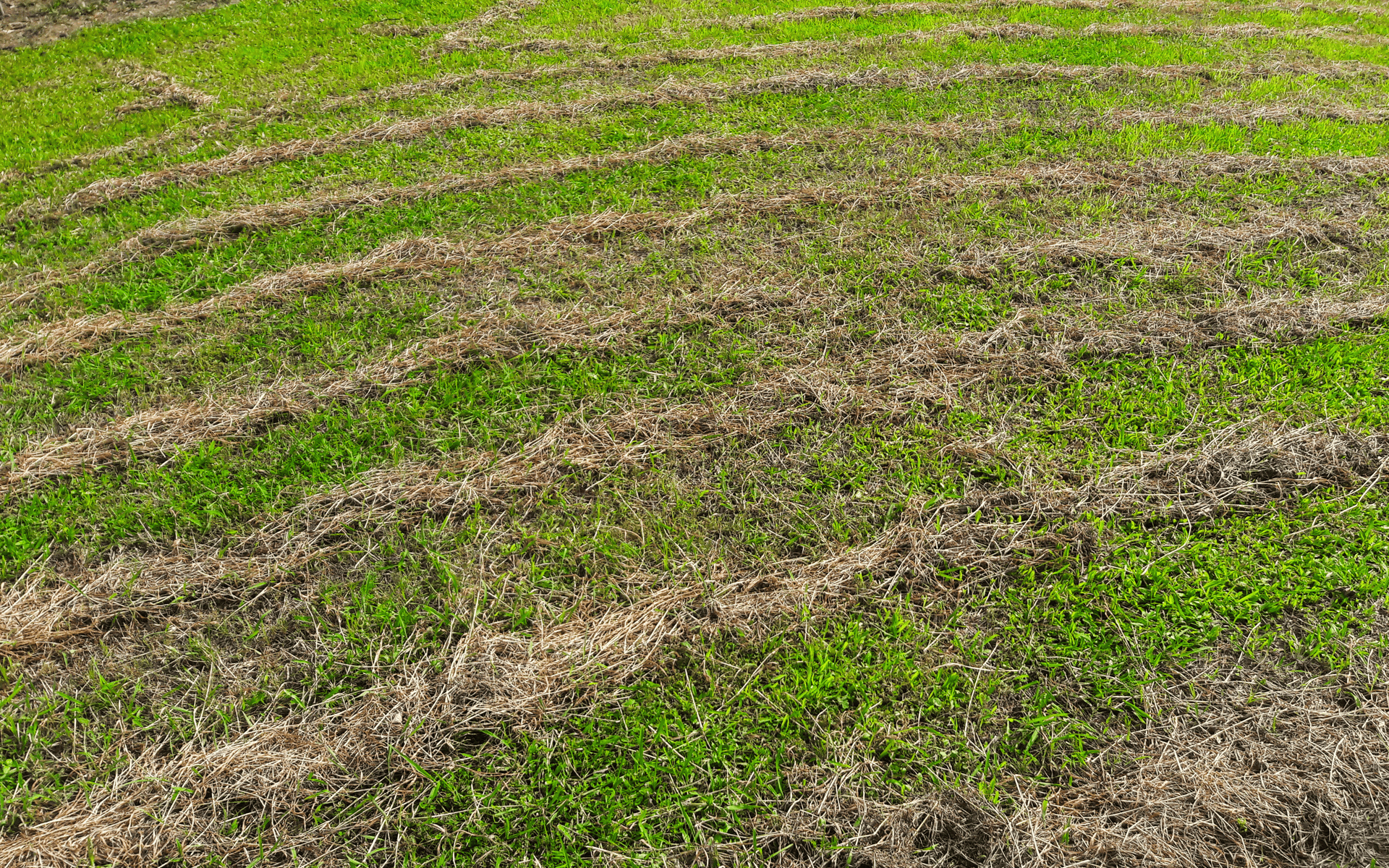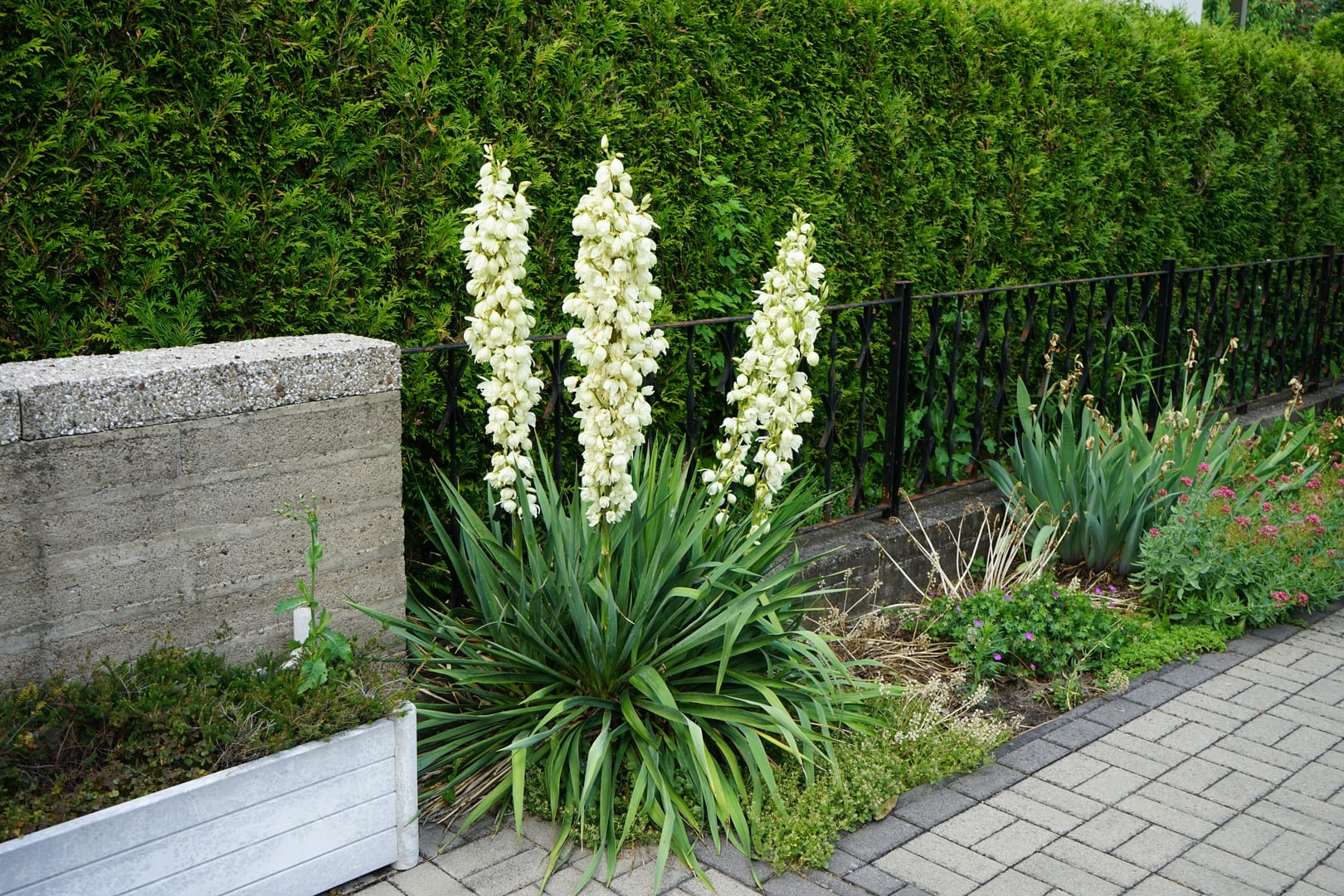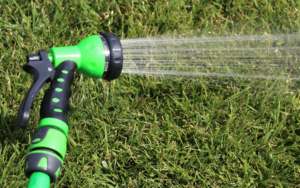Australia’s climate is as diverse as its landscape. From the humid tropics in the north to the temperate zones down south, and the arid stretches in between, one-size-fits-all advice just doesn’t work—especially when it comes to lawn care. If you want a healthy lawn, understanding how weather patterns and regional climates affect watering is essential. Whether you’re dealing with dry heat, coastal humidity or unpredictable rainfall, your watering practices should match your environment.
Climate Zones and Their Impact on Lawn Watering
Australia’s climate can be broadly split into four categories: tropical, arid/semi-arid, temperate, and Mediterranean. Each has unique challenges when it comes to watering your lawn.
Tropical (e.g., Darwin, Cairns)
Tropical regions are hot and humid for much of the year, with a distinct wet and dry season. During the wet season, rain is abundant and lawns usually thrive without much help. But once the dry season rolls in, your lawn can quickly dry out, especially if the soil isn’t well-conditioned.
Best practice: During the dry season, water early in the morning to reduce evaporation. Avoid watering during the wet season unless there’s an extended dry spell, as overwatering can promote fungal diseases.
Arid and Semi-Arid (e.g., Alice Springs, Broken Hill)
Hot days, cold nights, and very little rainfall—these areas are tough on lawns. Water evaporates quickly, and it can be hard to keep grass healthy without efficient planning.
Best practice: Use deep, infrequent watering. Watering less often but for longer durations encourages deep root growth. Early mornings or late evenings are best. Consider drought-tolerant lawn varieties to reduce the need for constant irrigation.
Temperate (e.g., Sydney, Melbourne)
Temperate areas have four distinct seasons. Winters can be cool and wet, while summers are warm to hot, with variable rainfall. This means you’ll need to adjust your watering schedule throughout the year.
Best practice: In summer, increase watering frequency—again, aiming for mornings. In winter, reduce watering to avoid oversaturation. Lawns go semi-dormant in cooler months and don’t need as much water.
Mediterranean (e.g., Perth, Adelaide)
Hot, dry summers and cool, wet winters make this climate tricky. Lawns can suffer during summer droughts, particularly with sandy soils that don’t hold moisture well.
Best practice: Mulch your lawn or use a wetting agent to help retain moisture during summer. Water early and deeply, preferably twice a week depending on restrictions. Come winter, natural rainfall should be enough.
Seasonal Changes and Watering Adjustments
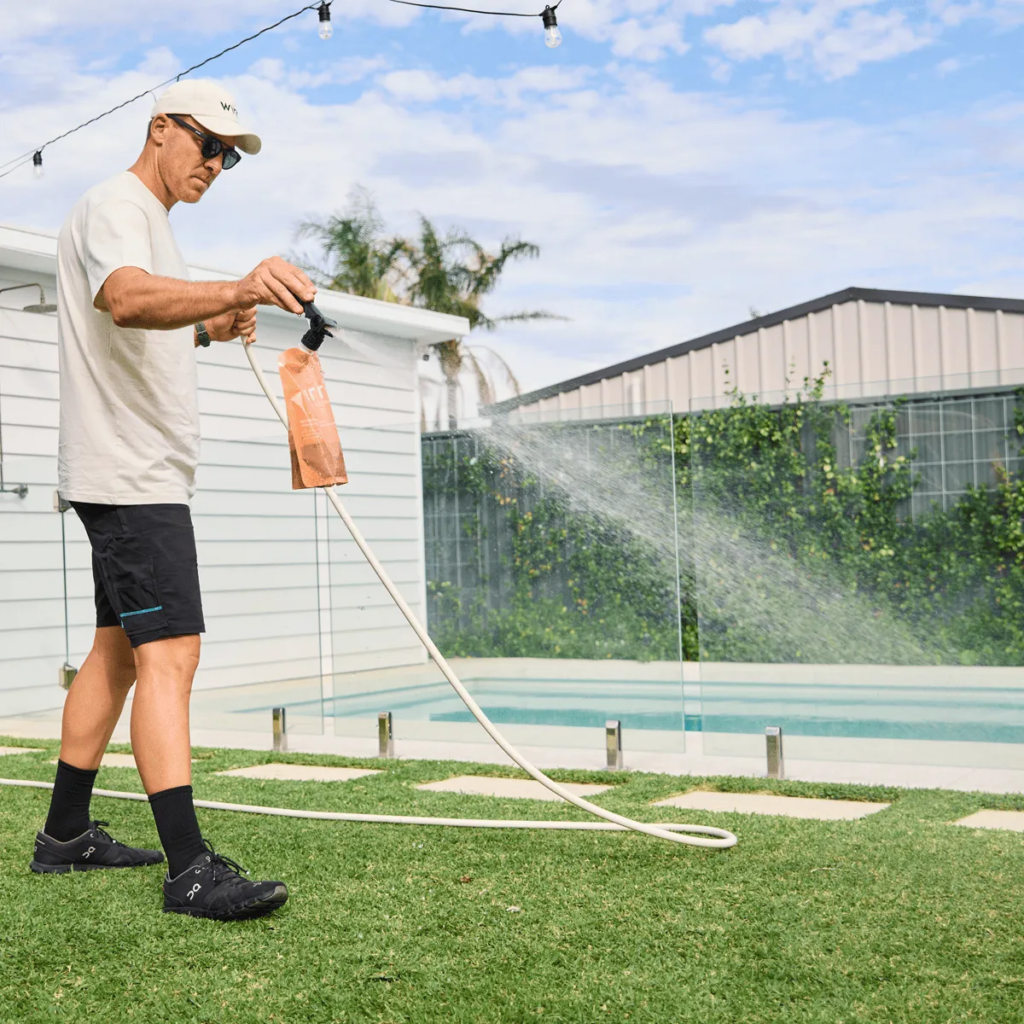
Australia’s changing seasons demand changes in your lawn care routine. Let’s break it down by season:
Summer
This is the most stressful time for most Australian lawns. Intense sun, heatwaves, and minimal rain can quickly turn a green yard into a brown patch.
- Water early to avoid evaporation and reduce stress on the grass.
- Water deeply 2–3 times a week, depending on your local climate and restrictions.
- Don’t overdo it. Constant shallow watering leads to weak, shallow roots.
Autumn
Autumn is your recovery season. Lawns bounce back after summer stress, and it’s a great time to establish strong roots before winter.
- Reduce watering frequency as temperatures drop.
- Use a soil wetting agent or seasonal lawn care pack to improve water absorption.
- Fertilise to strengthen roots ahead of winter dormancy.
Winter
Cool temperatures slow down lawn growth. In some places, grass may go dormant entirely.
- Watering once a week—or not at all—may be enough, depending on rainfall.
- Avoid watering in the evenings; wet, cool grass is prone to fungus.
- Let nature do most of the work unless conditions are unusually dry.
Spring
Spring brings warmer temps and new growth. It’s the time to prep your lawn for summer survival.
- Gradually increase watering as the weather warms up.
- Aerate the soil if it’s compacted—this helps water soak in.
- Start early morning watering to establish a summer routine.
Lawn Care Beyond Watering
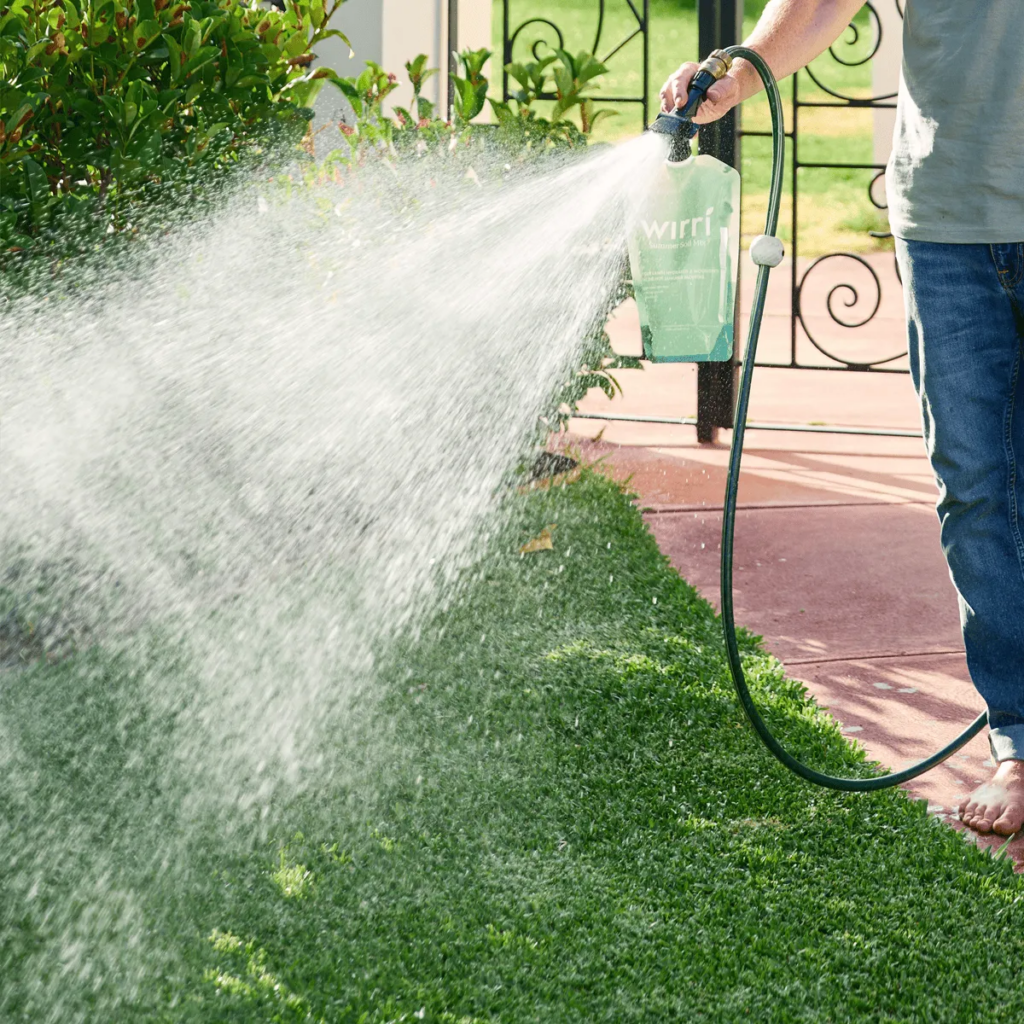
While water is crucial, a truly healthy lawn needs more than just a drink.
- Mow wisely: Keep blades high during summer to shade the soil and reduce evaporation.
- Feed the lawn: Use a slow-release fertiliser suited to your lawn variety and climate.
- Monitor for pests and disease: Dry or overwatered lawns are more vulnerable to problems.
Final Thoughts
Australian climates are anything but predictable, and your lawn care routine needs to reflect that. The key takeaway? Adapt to your environment. Whether you’re in the dry heart of WA or the lush edges of Queensland, adjusting your watering schedule based on the climate, season, and soil type will give you the best chance at a healthy lawn without wasting water.
Understanding your local conditions and making small adjustments—like watering early, using wetting agents, or choosing the right grass variety—can make a big difference over time. Your lawn doesn’t need to be perfect, but it can be healthy and resilient with a bit of smart planning.

